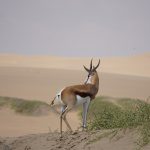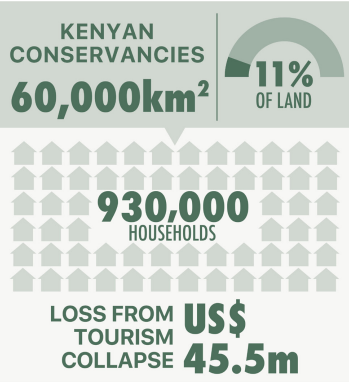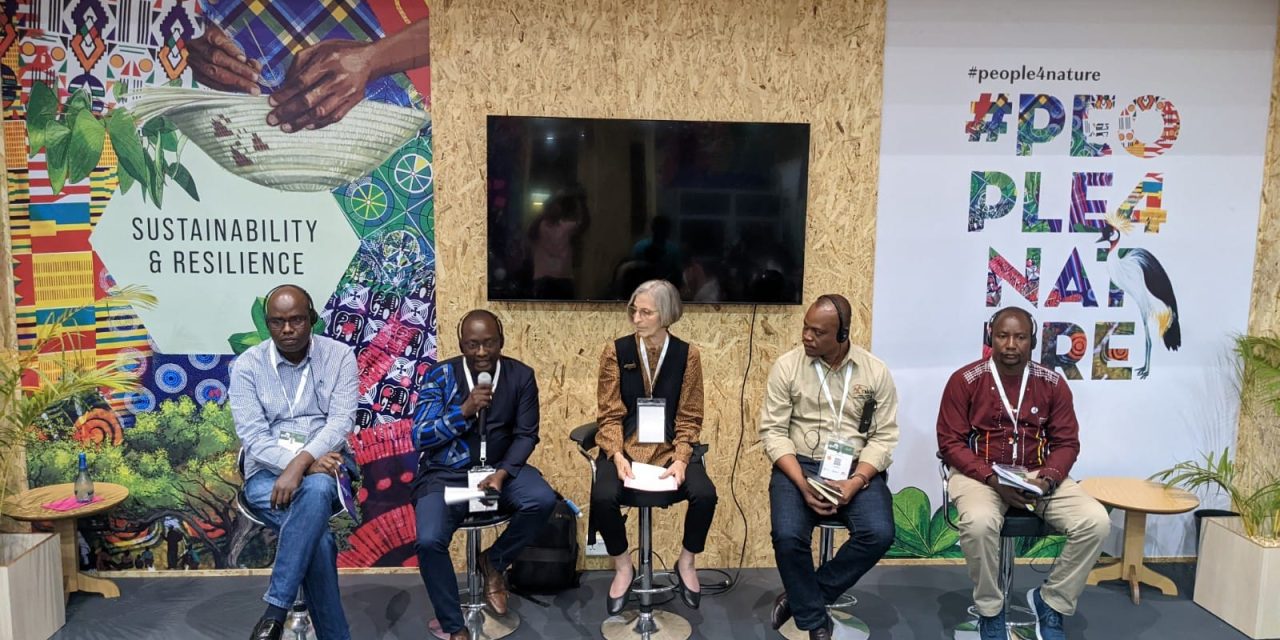 This week the African Nature Based Tourism Platform NatureBasedTourism.Africa released a new case study at the IUCN Africa Protected Areas Congress APAC which details how collaboration and resilience were key to Kenya and Namibia’s conservation and tourism industries’ survival of the COVID-19 pandemic.
This week the African Nature Based Tourism Platform NatureBasedTourism.Africa released a new case study at the IUCN Africa Protected Areas Congress APAC which details how collaboration and resilience were key to Kenya and Namibia’s conservation and tourism industries’ survival of the COVID-19 pandemic.
The study was conducted by Maliasili on behalf of the African Nature Based Tourism Platform and launched at a session focused on a core theme of sustainability and resilience.APAC is the first such conference held in Africa and brings together key stakeholders from across the continent, including community members, NGOs, and governments.
Recovery from the pandemic and building resilience to future shocks and stressors is the key goal of the African Nature Based Tourism Platform and one of the major themes of the congress, says Dr Nikhil Advani, Project Lead for the African Nature Based Tourism Platform. Although Kenya and Namibia have very different political economies, approaches and trajectories, they provide significant lessons on establishing and sustaining effective community-based conservation and natural resource management.
The losses from tourism collapse in Kenya were estimated at KES 5 billion US 45.5m. The Kenyan conservancies makeup approximately 11 of the country’s total land area and directly impact approximately 930,000 households – 100,000 people in the Maasai Maras core conservancies alone. As a result of the COVID-19 pandemic, 80-90 Namibian conservancies lost revenue, amounting to about US 4.1million per year in addition to US 4.4million N 65 million in the salaries of tourism staff living and working in these conservancies.
Kenya and Namibia successfully mobilised emergency relief funding to keep community conservancies intact during the pandemic by designing recovery strategies for constellations of conservancies and nature-based tourism businesses. In Kenya, key relief efforts included the government’s stimulus programme, which provided a total of US 9.1m in support of 160 community conservancies and another US 9.1m to pay the salaries of 5,500 newly recruited community scouts under the Kenya Wildlife Service KWS.In addition, the government offered US 18.2m in soft loans to tourism operators to renovate their facilities and restructure their businesses.
The government also reduced the value-added tax VAT from 16% to 14% and adjusted other policies to help ensure businesses can return to normal after the impacts of the COVID-19 pandemic have receded. In Namibia, a total of over US2.4m was dispersed, supporting over 3,600 people and 129 entities within the country’s tourism and conservation sectors.
The COVID-19 Facility in Namibia was able to quickly transfer money to all conservancies because of the existing structure of the Community Conservation Fund of Namibia CCFN, says Richard Diggle, WWF Namibia Coordinator. This program was established in 2017, and its mandate is to develop long-term sustainable finance.
Access the full case study here:- The African Nature Based Tourism Platform
Written by: Matthew Thomas



















